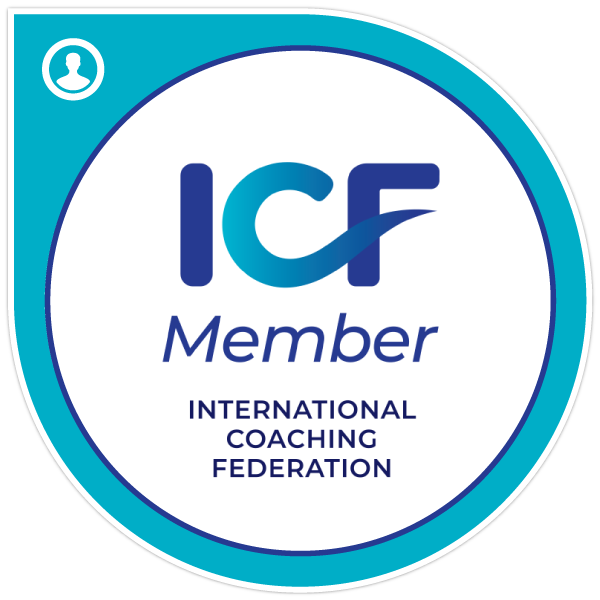The Lie Behind Employees Are Our Greatest Asset
Rich Baron • November 30, 2023
It's not uncommon to repeatedly come across the notion that "employees are our greatest asset" within various organizations. From slogans to banners to inspirational quotes, leaders often emphasize the significance of their workforce as "part of a larger team." Unfortunately, this expression is thrown around so frequently that its genuine intent can be called into question.
Recently, I attended a company-wide town hall where the CEO echoed this sentiment. However, the actions taken by the organization both before and after the event painted a different picture, revealing the true motives of senior leadership. If companies truly believed that employees were their greatest asset, the current trend of cutting critical employee programs, such as learning and development, would never be considered unless it was a last resort.
Depreciation and Amortization of Employees
An asset by definition is, "property or objects owned by a company to produce revenue." Assets in any organization have a depreciation and amortization schedule assigned to calculate asset value over time. Depreciation is the amount of asset value lost over time. Amortization is a method for decreasing an asset cost over time. By this definition, how does that make you feel to be called the "greatest asset" by your employer?
Simply put, assets tend to be a company’s greatest asset and unfortunately, companies like the aforementioned CEO represent, tend to value assets and the bottom line far more than the very people who help the company succeed. It is a backward way of thinking and the comment that employees are the greatest asset can be a particularly telling, disingenuous remark. Instead of assuring employees of their importance and value to the organization, it ends up eroding trust and raising doubts about the credibility of the senior leadership team.
Not Just Another Asset
Why do a staggering 75% of business transformations end up in failure, leading to the decline, failure, or even extinction of organizations? One significant factor contributing to this high failure rate is the lack of diligence on the part of CEOs and senior leadership teams in creating a workplace where employees feel valued, developed, trained, engaged, and trusted – instead of being treated as mere assets.
CEOS must acknowledge that their organization's culture encompasses not only the leaders but also the individual contributors. The collective character must encompass the values, thoughts, emotions, beliefs, and behaviors exhibited by all members. Based on this, companies can not look upon anyone in the organization, regardless of title or tenure, as mere assets. In this light, it is clear that the culture of a company is not defined by assets, but by the people who hold considerable sway over the formulation and implementation of its values, vision, mission, purpose, strategy, structure, and roles.
Wrapping Up
Unlocking the full potential of employees and establishing true engagement requires recognizing their individuality – their hopes, dreams, and fears, along with the skills and talents they bring to the table. Rather than treating these individuals as mere assets, it is crucial to perceive them as trusted team members who share the same vision, mission, and purpose. Let's be honest, working within a corporate environment can be either disheartening or empowering, and the latter not only fosters a more fulfilling workplace but also contributes significantly to the success of the business.
About the Author
Rich Baron is a Master Certified Intelligent Leadership Executive Coach at John Mattone Global, with over 25 years of experience in cultural transformation, operational and executive leadership positions, and coaching emerging leaders to CEOs. Along with his coaching partner, Maikel Bailey, their podcast, “Mainline Executive Coaching ACT,” is recognized by Feedspot as the top Executive Coaching Podcast in the world based on thousands of podcasts on the web and ranked by traffic, social media followers & freshness. Mainline Executive Coaching ACT currently has followers in over 60 countries and 550 cities worldwide.
BACK TO BLOG
Search
Categories
Intelligent Leadership
Leadership Training
Talent Management




